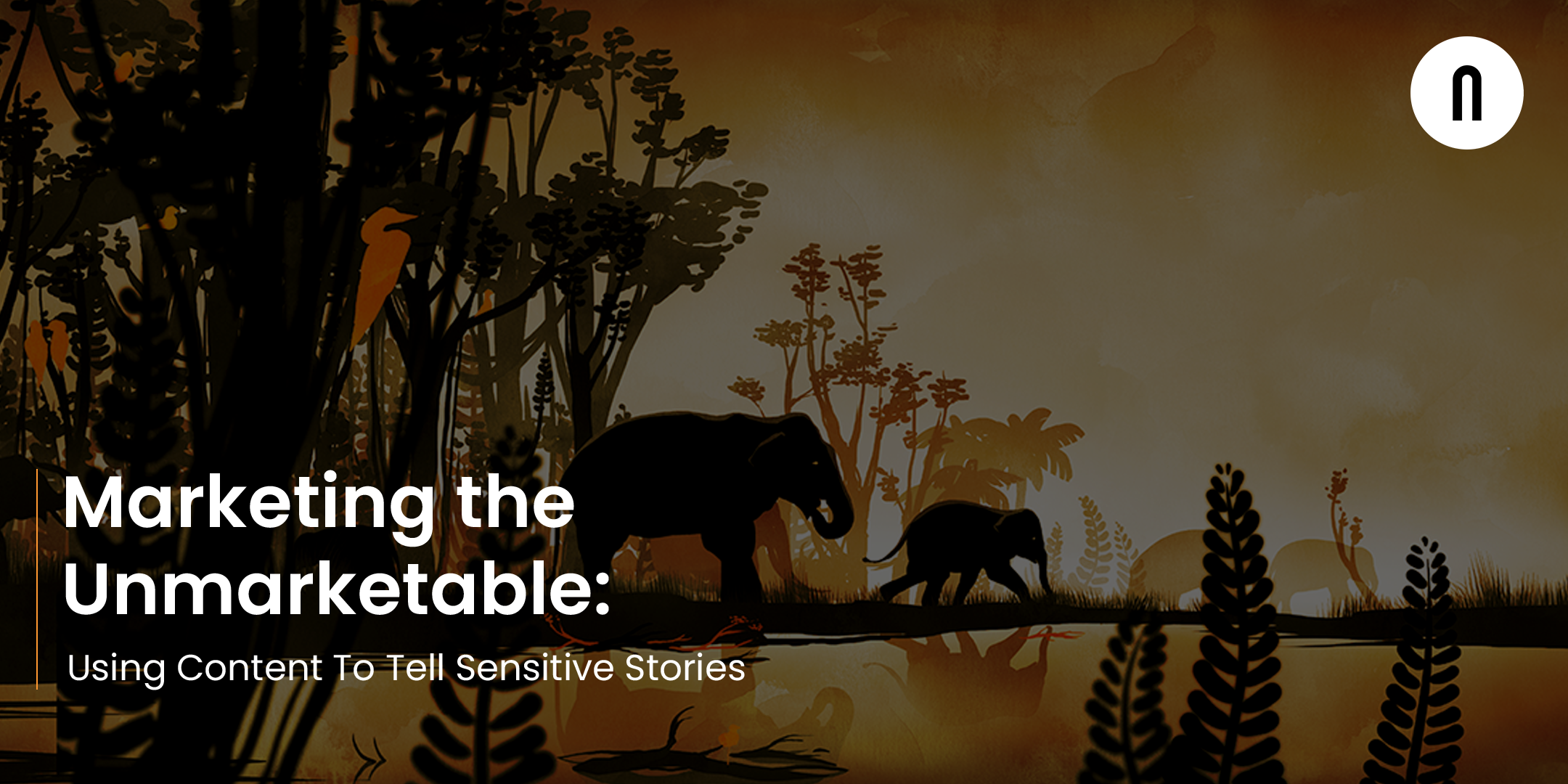Marketing the Unmarketable: Using Content to Tell Sensitive Stories

Hard-to-discuss topics can and have been the focus on some of the most impactful and engaging marketing campaigns in the world. So, to explore how to discuss taboo or touchy topics in the right way, without causing a brand backlash, we focused our March event on Marketing The Unmarketable: Using Content To Tell Sensitive Stories.
On 31st of March, we invited three digital communications experts to join our own Stefano Marrone, Founder and CEO, to explore using content to tell sensitive stories. Joining us we had Fiona Callister Global, Head of Media at WaterAid; Suzi Shingler, Campaign Manager at Alliance to Save our Antibiotics; and Kevin Tewin-Allen, the CMO of the Street Soccer Foundation and Managing Director of Preen.
The event kicked off with our experts discussing different types of content for different types of approaches.
With the incredulous amount of content that audiences are subjected to through radio, television, internet, social media etc., the importance of storytelling shone brightly during the discussion. Kevin Tewis-Allen opened up the storytelling topic by focusing on authenticity and continuity in approach. “You have to be very honest about how you position it. People see through a lot more stuff than they did three, four, five years ago and you can’t pretend to be something you are not.” After giving an example about how a company was in trouble because of their inconsistency regarding their support towards the Black Lives Matter movement, he followed up with: “You don’t get to just on a diversity and inclusion switch when it works to your communications team and then turn it back off again and leave it for a year.”
While continuity is crucial in storytelling, some campaigns have evolving messages because of their topics or ever-changing audiences. Suzi Shingler focused on the evolution of a story’s message and how authenticity and continuity, doesn’t mean the messaging can’t modify and improve over time. With Kevin and Suzi working in different circles, they discussed further how the communication style can play an important role in telling a story. Kevin, whose work focuses on emotional storytelling, discussed story-focused video content while Suzi, whose audiences are more academic and campaigns are about awareness regarding policy changes, explained more about solution-focused report-style content. Suzi mentioned: “If you don’t have that in-depth research behind you [while campaigning for policy makers], you can get dismissed quite quickly.”
On top of audience and content type, it's also essential to take into account global news and events —especially if they are affecting the audience or the content production. Fiona Callister, who works closely with both communication styles at WaterAid, explained how COVID had affected their messaging and how their content style changed because of production limitations. She delved into the dilemmas you can face in times of crisis, by talking us through her experiences during COVID. As she explained how they had to think out of the box for their campaign because of the pandemic limitations and created an animated video campaign, Fiona mentioned: “I’m not sure we would have taken that decision to make that animation if there hadn’t been COVID, but it was interesting to see how there are many different ways to tell our story—which got great feedback and engagement in the end! It was interesting to look at different ways to tell our story when we can’t work in the way we used to.”
With news and events affecting marketing strategies, it was also important to touch on the speed of response when something happens. Whether it's Covid, another crisis, or even a positive news story, what is the best way to respond to it? Suzi mentioned how it was a balancing act: “when something happens and we want to respond to it that day, it is really important to be quick on it, because that helps to set the tone of the response. Especially if you can get out there first.” Fiona, on the other hand, talked about how it depends on your topic of focus. With some topics, like the water crisis, there aren’t as many highs and lows because no one really argues against what you are campaigning for. However, when there is an urgent issue you have to address, the internal process affecting the responding speed gets better with practice. “The more you do the rapid response, the better your organisation becomes at it.”
At Nucco, we communicate sensitive topics with our beautifully simple style, by creating projects such as the animated video campaign for WaterAid highlighting the vital importance of water in the lives of rural Indian women, or the interactive film for Grassroots Suicide Prevention to raise awareness and help suicide prevention.
To hear more about our experts’ suggestions and discussions on how to successfully use content to tell sensitive stories, you can watch the recording of our event below!
To chat to us about how to manage your sensitive content, please get in touch with us and we'll be happy to help.
